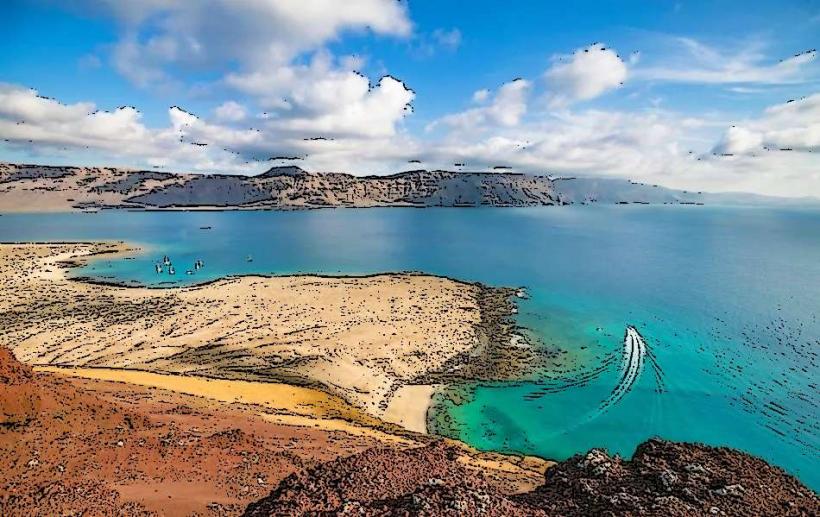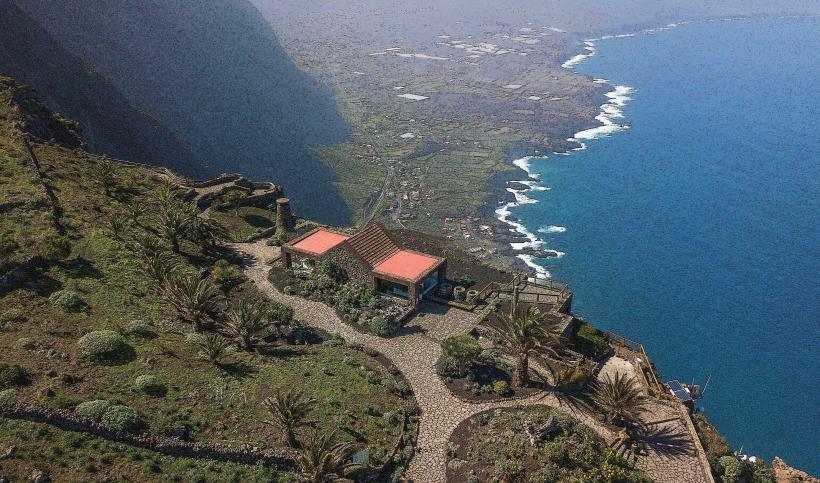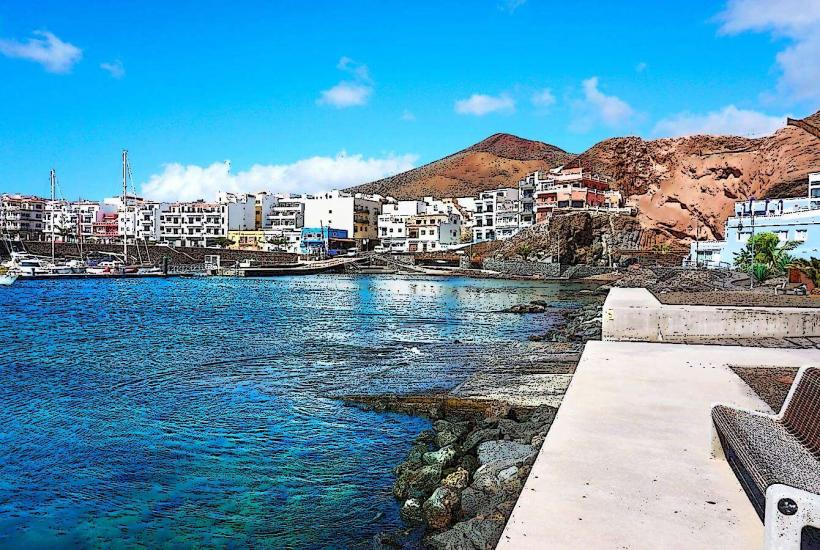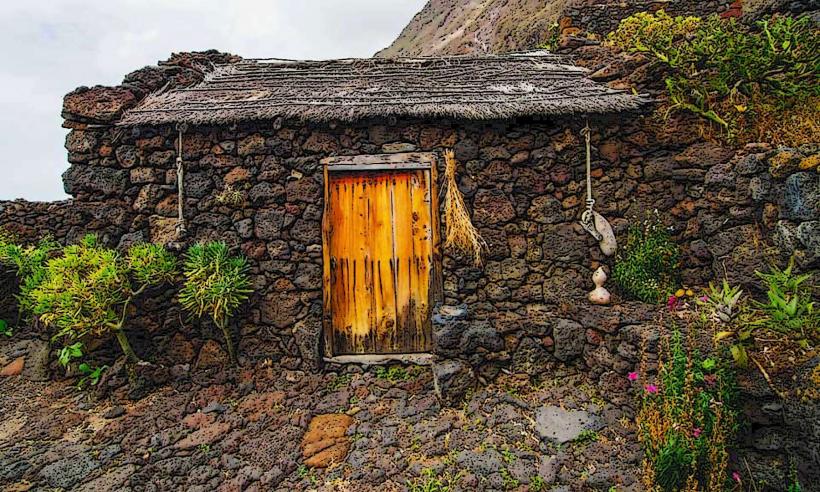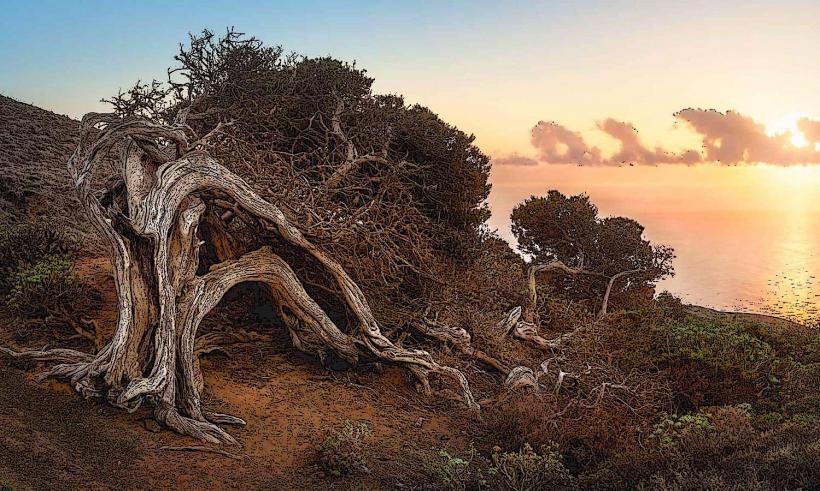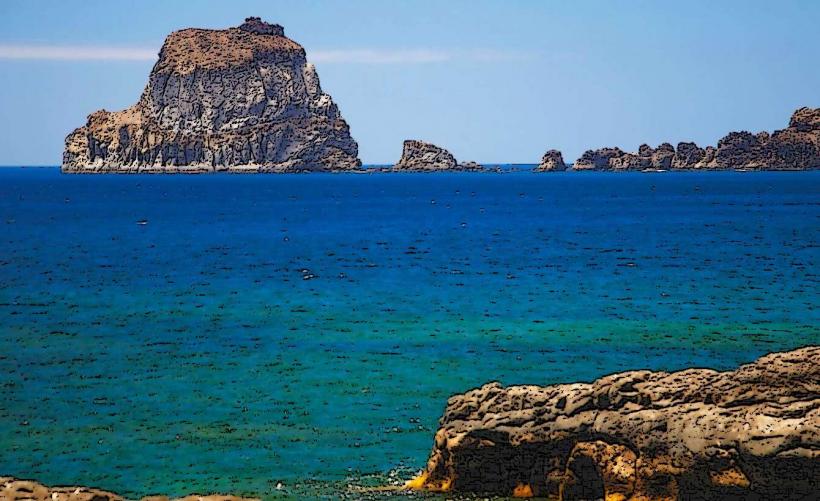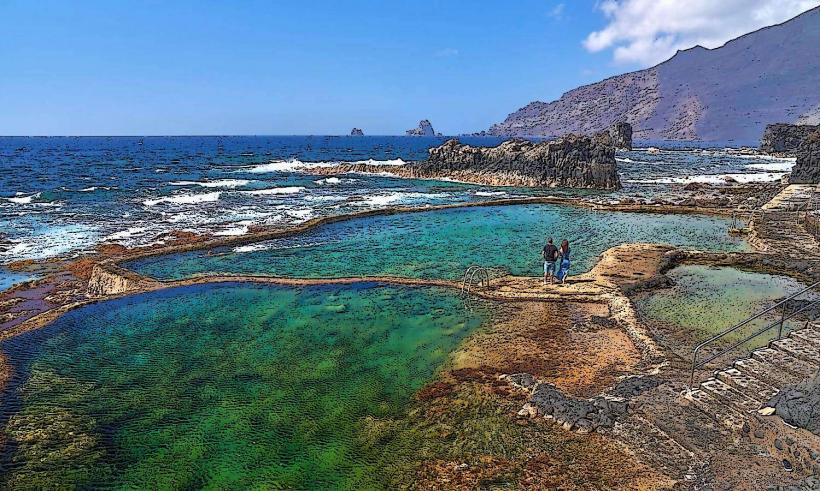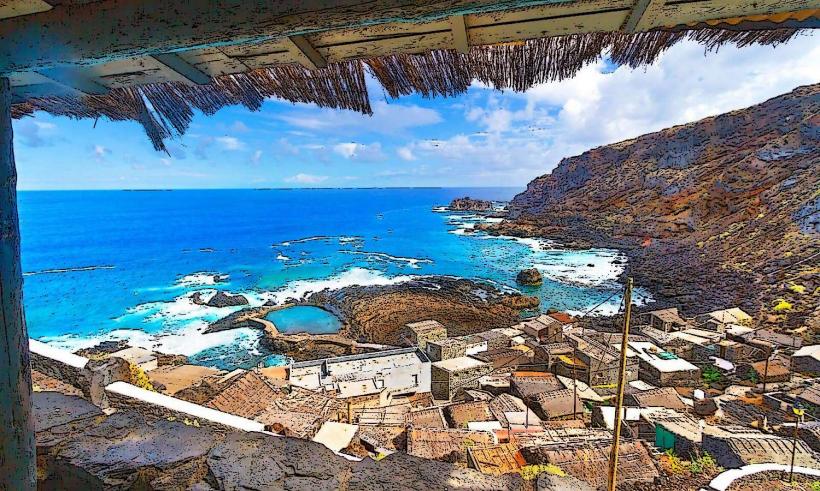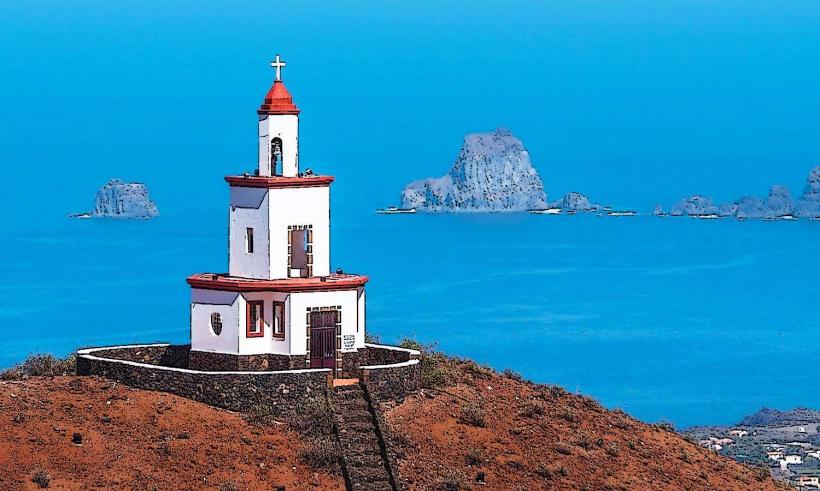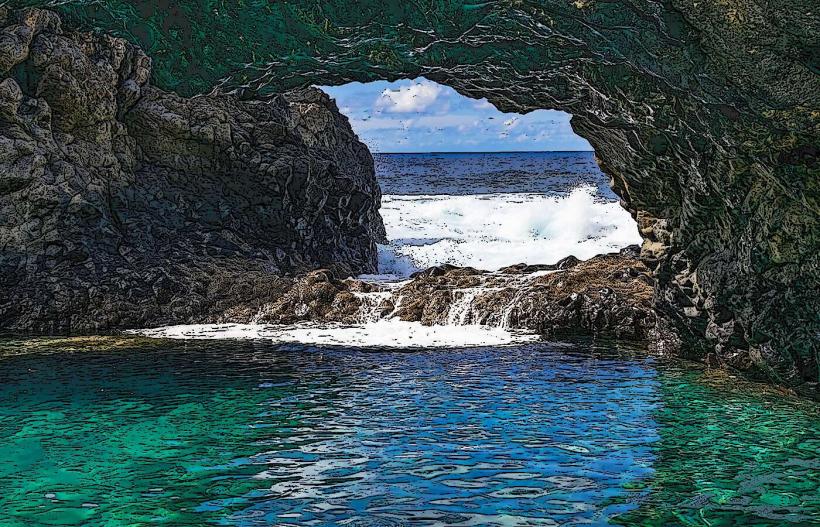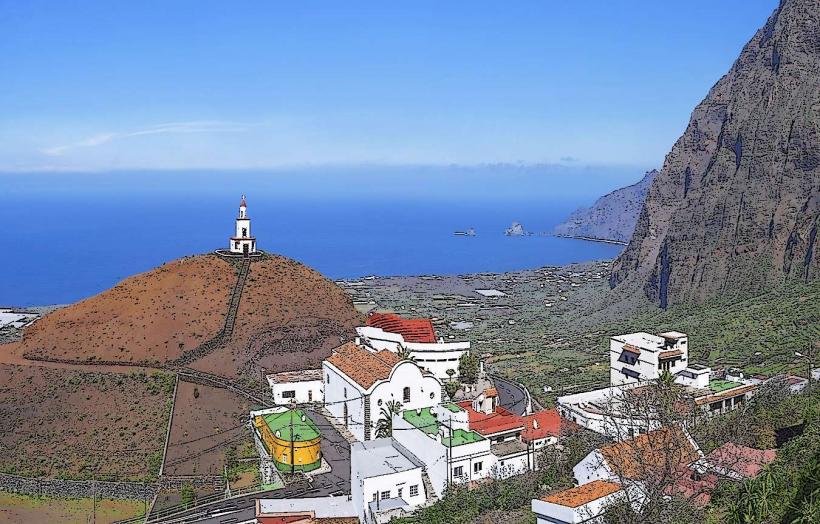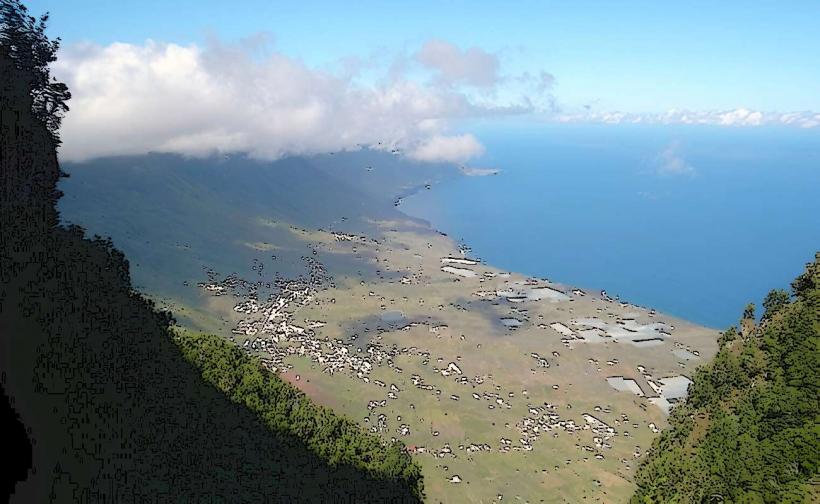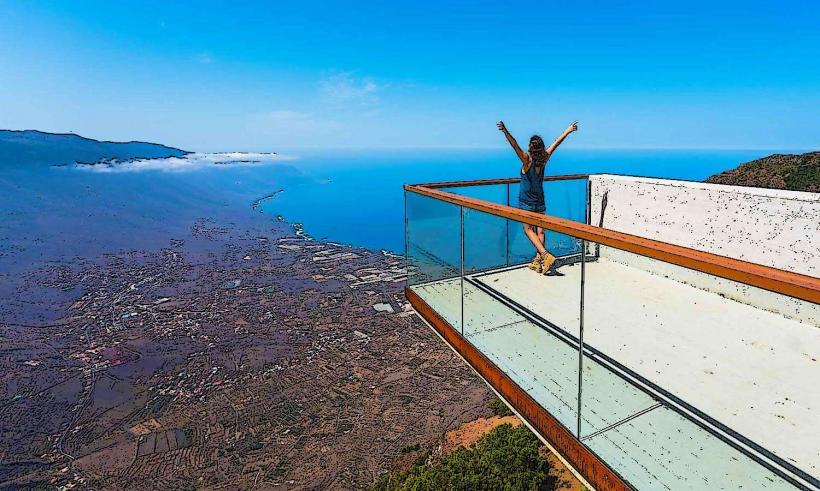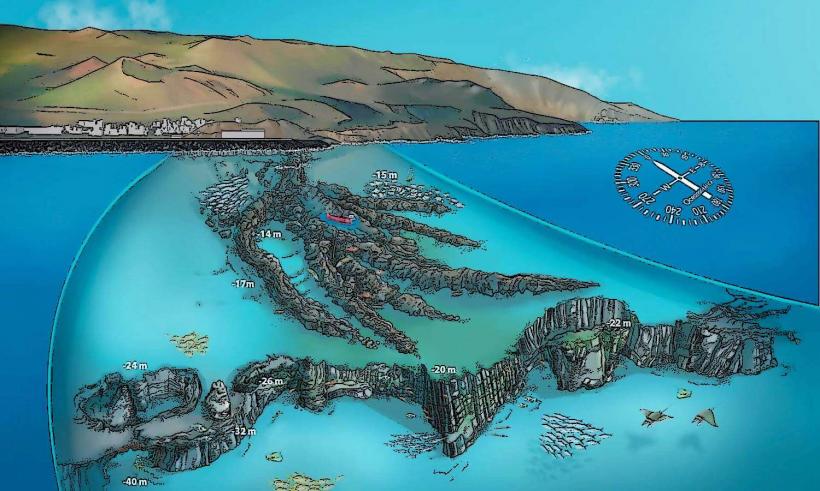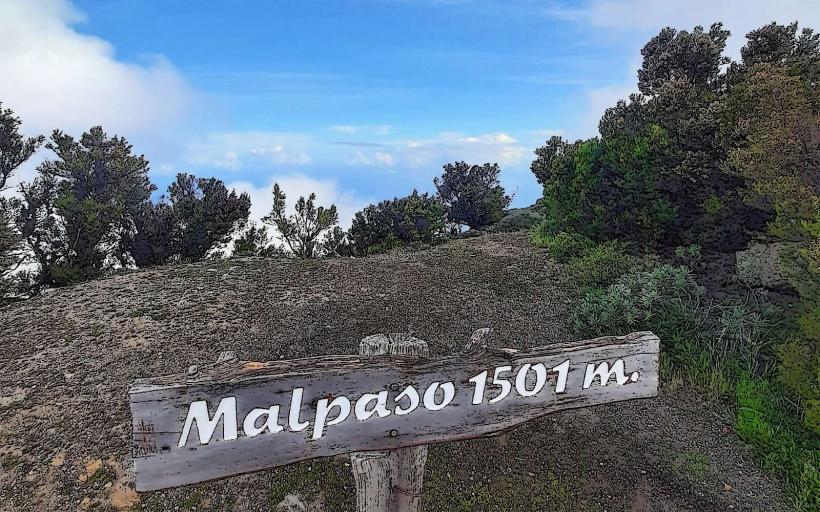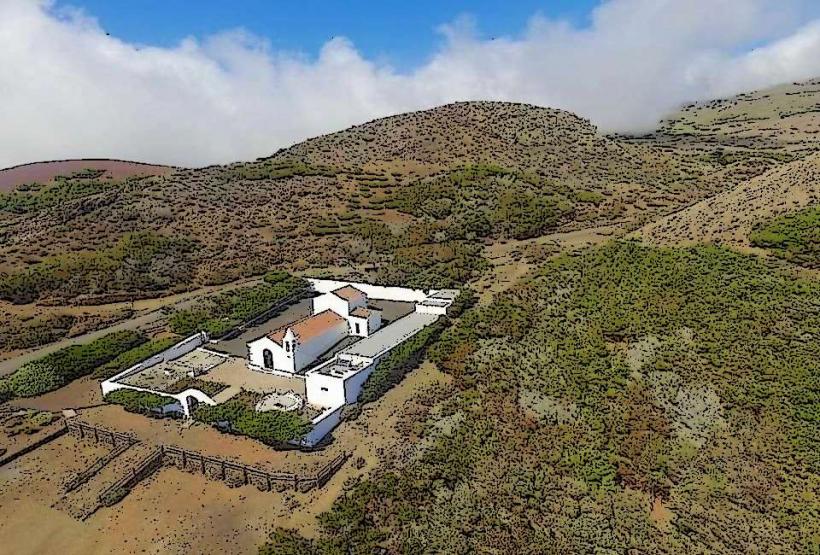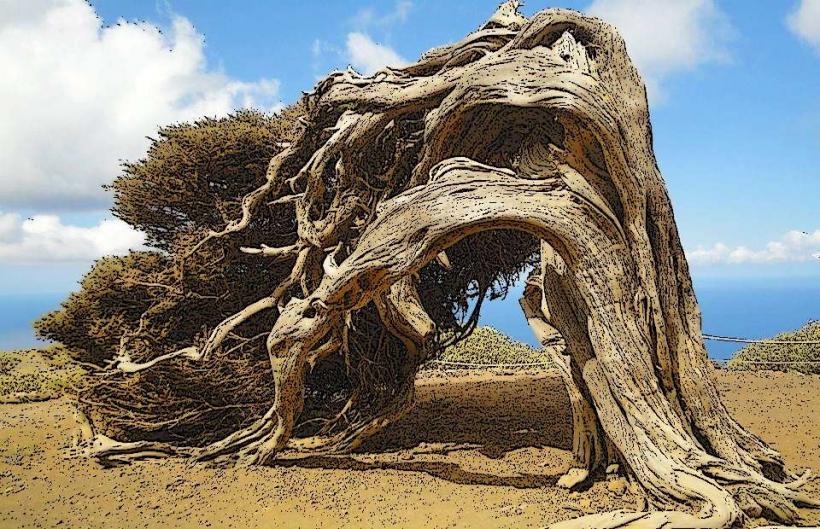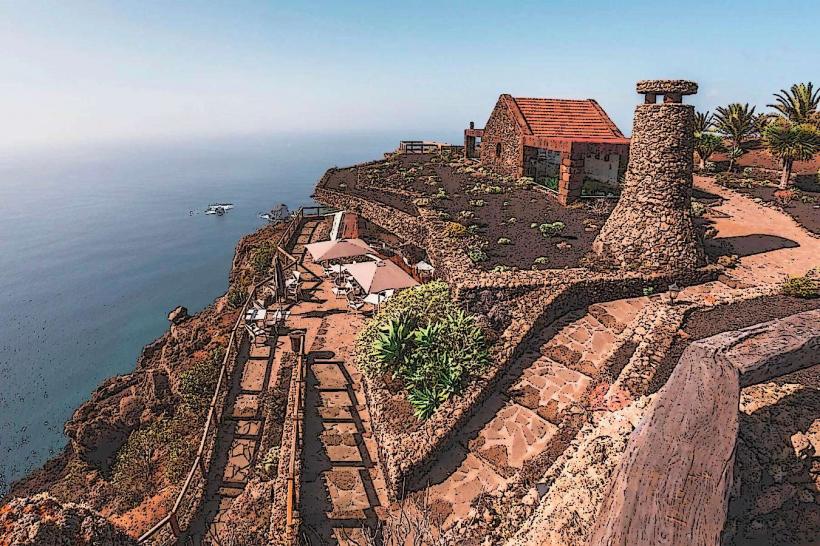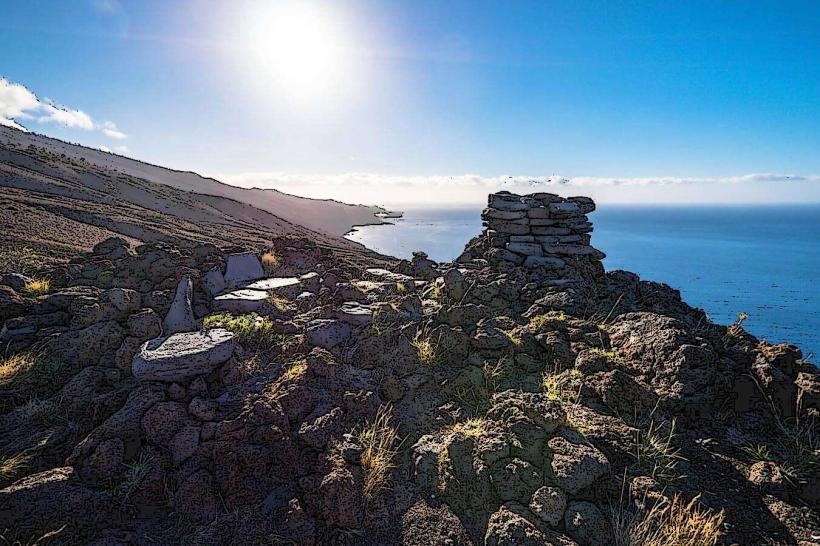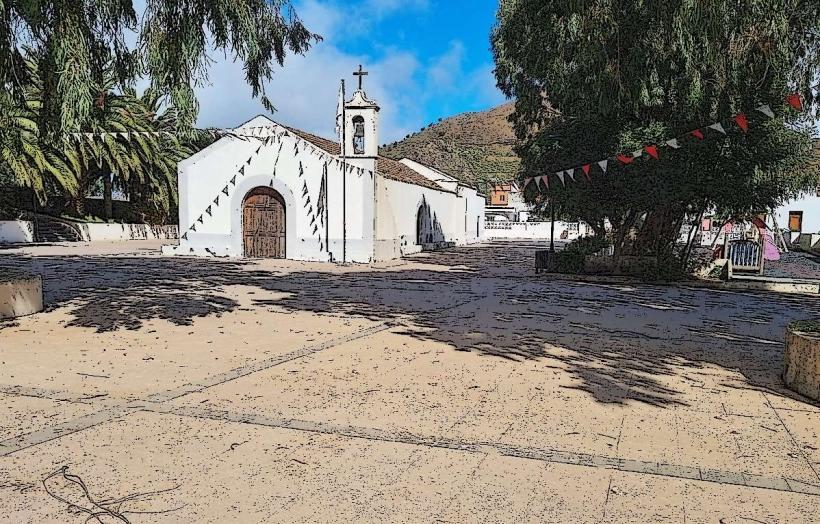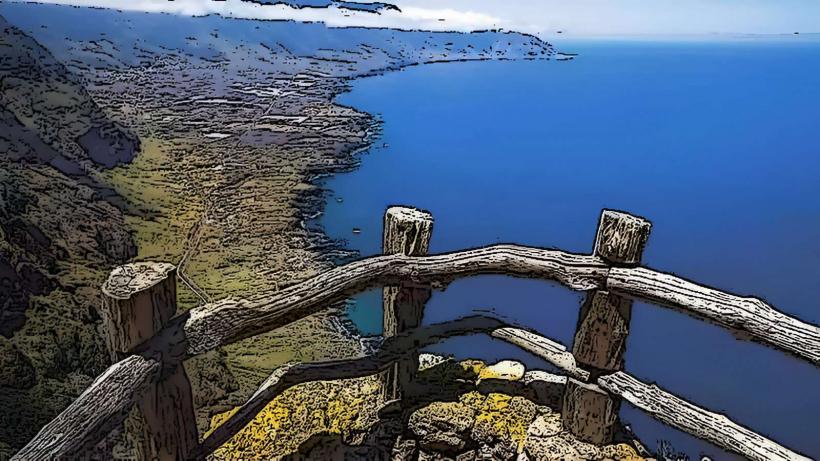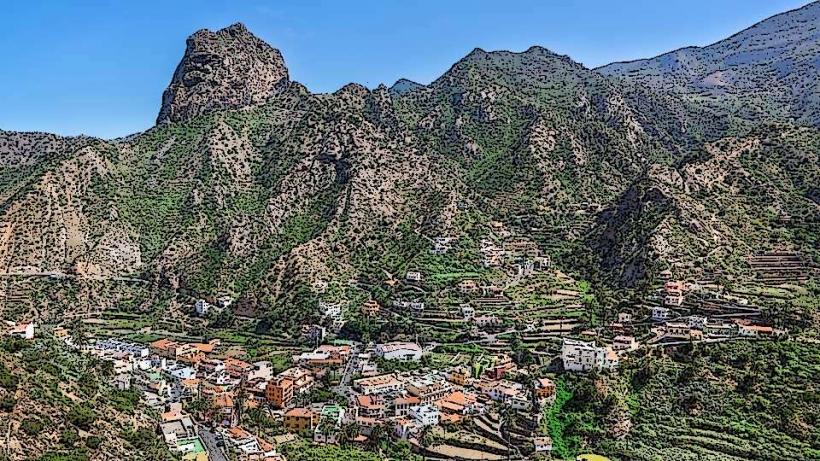Information
Landmark: Pozo de las CalcosasCity: El Hierro
Country: Canary Islands
Continent: Europe
Pozo de las Calcosas is a picturesque and historically significant natural area located on the northern coast of El Hierro, the smallest of the Canary Islands. The site is known for its natural pools, traditional Canary Island architecture, and stunning coastal views, offering a glimpse into the island's cultural heritage and natural beauty. Here’s a detailed look at Pozo de las Calcosas:
Location and Geography
- Location: Pozo de las Calcosas is situated in the northern part of El Hierro, near the town of La Frontera, and is easily accessible by road. The area is located along the island’s rugged coastline, where the Atlantic Ocean meets the volcanic cliffs of El Hierro.
- Geography: The area is characterized by its dramatic volcanic landscapes, with lava formations, steep cliffs, and rocky shores. It’s a remote and peaceful location that offers a unique combination of natural pools, volcanic coastlines, and traditional stone houses.
Natural Pools
- Formation: The primary attraction at Pozo de las Calcosas is its natural pools that have been formed in volcanic rock along the coastline. These pools are filled with crystal-clear seawater that flows into the rock basins, creating ideal spots for swimming and relaxation.
- Swimming: The pools are safe for swimming, though visitors should be cautious of the ocean’s strength, as the area can be subject to high waves, especially during storms or rough weather. The calm pools are usually sheltered, offering a tranquil environment for a refreshing swim.
- Natural Beauty: The pools are surrounded by stunning coastal landscapes, including rugged cliffs, volcanic rocks, and the endless blue expanse of the Atlantic Ocean, making it a visually spectacular location. The area is ideal for nature lovers, photographers, and those seeking a peaceful retreat by the sea.
Traditional Canary Island Architecture
- Stone Houses: One of the most charming features of Pozo de las Calcosas is the traditional stone houses that dot the area. These houses, built using local volcanic stone, are characteristic of the island’s rural architecture. The rustic and weathered homes are often covered with vines and plants, adding to the area’s rustic charm.
- These houses were historically used by fishermen and locals who lived off the land and sea, reflecting the traditional lifestyle of El Hierro's coastal communities.
- Some houses are still used by local families, while others serve as holiday homes or guest accommodations.
Hiking and Scenic Views
- Hiking Trails: Pozo de las Calcosas is an excellent starting point for exploring nearby coastal hiking trails. These trails take you through the volcanic terrain, offering opportunities to admire panoramic views of the Atlantic Ocean, cliffs, and island landscapes.
- The hiking paths can be rugged and challenging in some areas, as the island’s volcanic landscape is often uneven and rocky.
- Popular hikes in the area include the trail that leads to the Mirador de la Peña, offering sweeping views of the coastline and the interior of the island.
- Birdwatching: The area also offers opportunities for birdwatching, as the coastal cliffs and natural environments around Pozo de las Calcosas attract a variety of seabirds and migratory species. Visitors may spot canaries, pigeons, and buzzards during their hikes.
Cultural and Historical Significance
Fishing Heritage: Historically, Pozo de las Calcosas was a fishing village, and the small stone houses were used by local fishermen. Fishing played a central role in the livelihood of those living in this coastal region.
Traditional Livelihood: The area’s isolation and self-sufficiency meant that local inhabitants lived off the land and sea, making use of the island’s natural resources. The natural pools were used not only for leisure but also for practical purposes, such as bathing or cleaning.
Cultural Identity: Pozo de las Calcosas, like many other rural areas of El Hierro, has maintained a strong connection to the island’s cultural roots. The traditional way of life in such areas has been shaped by the island’s volcanic environment, which influences the architecture, agriculture, and local customs.
Best Time to Visit
- Spring and Autumn: The best time to visit Pozo de las Calcosas is during the spring and autumn months, when the weather is milder and more comfortable for outdoor activities such as hiking and swimming.
- Summer: Summer can be quite warm, but the coastal location of Pozo de las Calcosas provides a refreshing breeze. It’s a great time to enjoy the natural pools and take in the beautiful coastal scenery.
- Winter: Winter in El Hierro is mild, but the seas can be rougher during this time, so it’s important to check conditions before swimming in the natural pools.
Access and Facilities
- Getting There: Pozo de las Calcosas is accessible by car, though visitors should be prepared for narrow, winding roads leading to the area. The site is located close to La Frontera, and directions are clearly marked for those traveling from the town.
- Facilities: The area is relatively undeveloped in terms of tourism infrastructure, so visitors should plan accordingly. There are no major tourist services in Pozo de las Calcosas, but the nearby village of La Frontera offers basic services, including restaurants, cafes, and accommodations.
- It’s recommended to bring provisions such as water, snacks, and sunscreen if you plan to spend an extended time at the site.
- Parking is available near the area, but space can be limited, especially during busy times.
Conclusion
Pozo de las Calcosas is a hidden gem of El Hierro, offering a unique combination of natural beauty, traditional Canary Island architecture, and coastal charm. Whether you are looking to swim in the natural pools, explore the rugged coastline, or immerse yourself in the traditional life of El Hierro’s coastal communities, Pozo de las Calcosas provides an unforgettable experience. The tranquil setting and stunning views make it a must-visit destination for those seeking to discover the quieter, more authentic side of the Canary Islands.

